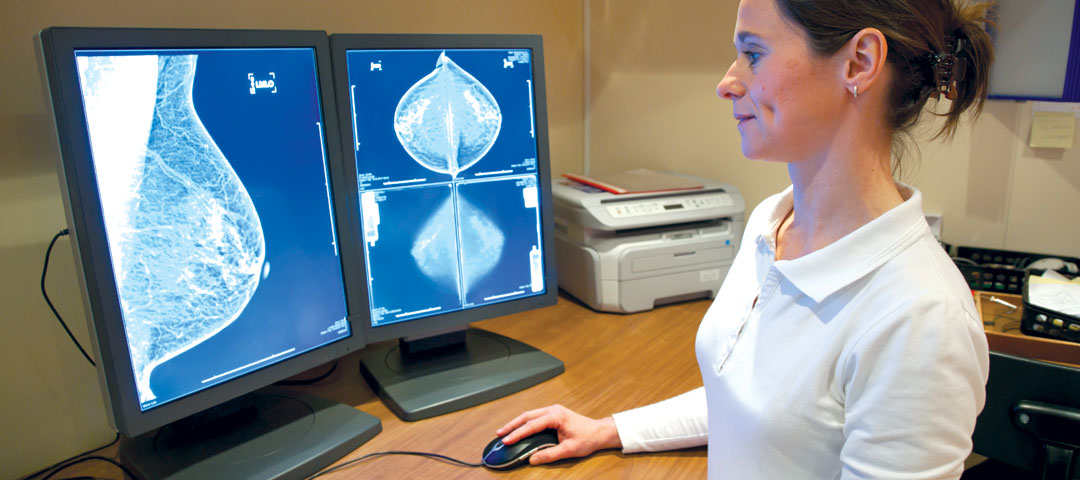
A few years ago I visited a breast center in the Midwest and was talking to the medical director. We were discussing many topics but the subject of the 2009 USPSTF statement came up. For those of you who don’t recall, this was the U.S. government’s attempt to provide “evidence-based” information and recommendations to the healthcare industry and the general public about the starting age and frequency of breast screening. The USPSTF statement recommended biennial screening mammograms for women aged 50-74, which was very different from the recommendations of breast health professionals, who had strong evidence showing that women 40-49 and over 75 also benefit from mammographic screening.
The USPSTF announcement was publicized far and wide in every major news outlet in the United States, setting off a heated controversy that exists to this day.
I asked him if the announcement had influenced his patients, and he told me that unfortunately it had… and that he was seeing more advanced stage cancers in his patients as a result.
“Really?” I asked.
“Yes, but I don’t have the evidence to back that up just yet,” he replied.
Well, as it turns out, that evidence was released on May 7 at the American Society of Breast Surgeons annual meeting in Orlando, FL. Unfortunately, it revealed what many in the know predicted would happen.
The study, performed at Mt. Sinai Hospital in New York between 2008 and 2016 and which included 1,125 participants, showed that women aged 40-49 who had never undergone mammography screening and who were diagnosed with breast cancer had:
Larger tumors
-
A higher likelihood of cancer spreading to lymph nodes
-
A higher likelihood of mastectomy and axillary dissection
-
A higher likelihood of requiring chemotherapy
Now, you know what this means, even if the study’s authors aren’t able to say it. It means that women who followed the initial USPSTF recommendations were more likely to die from breast cancer than those who didn’t. In addition, they were more likely to suffer the ugly side effects associated with aggressive chemotherapy, the psychological effects of mastectomy and more.
Instead, the study authors promoted the “positive” outcome, which is that women under 50 who were screened regularly were more likely to experience earlier stage cancer diagnosis and require less invasive treatment.
No matter how you interpret the data, the conclusion is that earlier and more frequent screenings are better for women.
Many women—and many doctors—still believe what they were told by the USPSTF in 2009. So when a friend or colleague tells you that more regular mammograms beginning at age 40 aren’t necessary, please send them here for the actual study and accompanying data:
2018 Official Proceedings (ASBrS) – The American Society of Breast Surgeons
…or here for the easy-to-read summary:
ASBrS 2018: Regular Mammograms – The ASCO Post
You aren’t likely to see a news story in any mainstream media outlet about this extremely important revelation. To do so would be a de-facto admission of negligence for publicizing the USPSTF guidelines so intensively in the first place, and without providing an adequate counter-argument or alternative viewpoint.
And, not being a legal expert, I’m not sure what liabilities this opens up for the Agency for Healthcare Research and Quality (AHRQ), the entity that administers the USPSTF. Can you sue the federal government for issuing incorrect health recommendations?
Perhaps someone should sue, if for no other reason than to shed light on this important information. It’s just unfortunate that many of the women who followed the advice of their own government are now suffering as a consequence.
